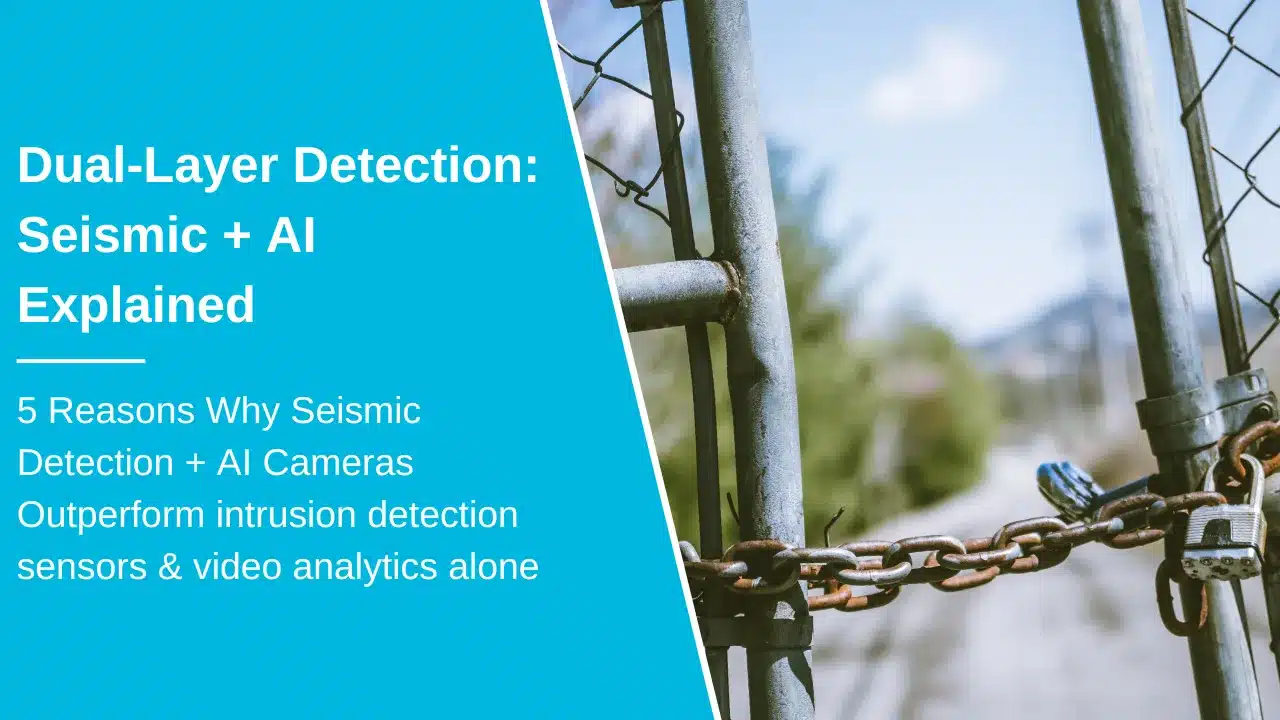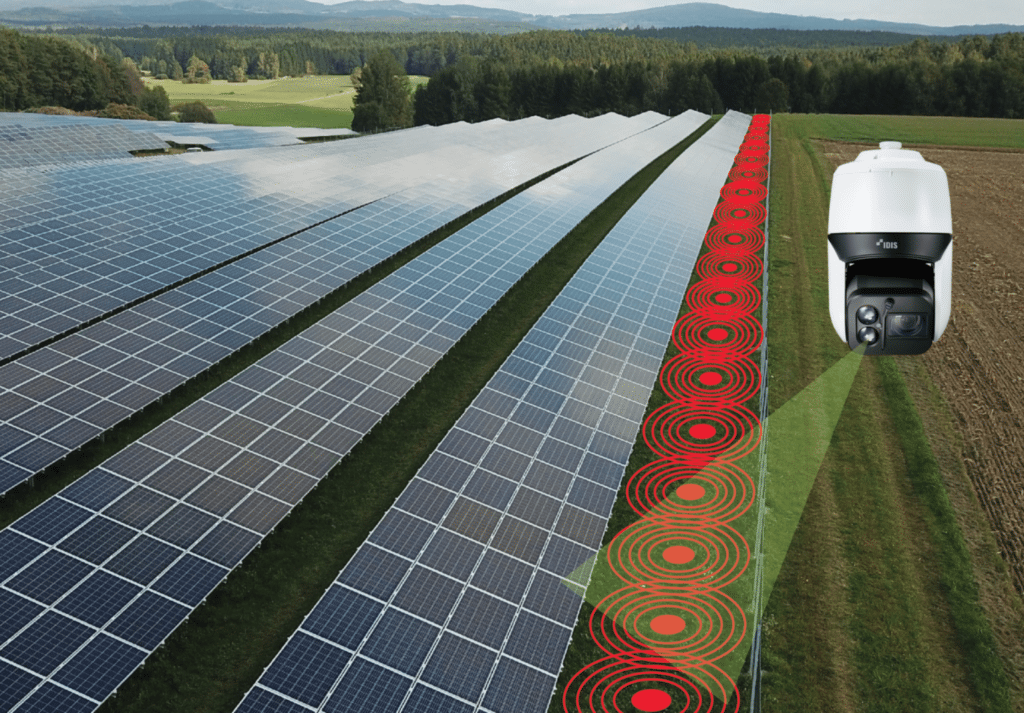
Dual-Layer Detection: Seismic + AI Explained
In the world of perimeter protection, relying on a single line of defense is no longer enough. Threats are evolving, and so must the technologies we use to stop them. Traditional solutions like PIR sensors and video analytics-based cameras have been the standard for a long time, but they’re no match for the precision and reliability of a two-layer detection system.
At SensoGuard, we believe that true security comes from combining the unseen reliability of seismic sensors with the real-time intelligence of AI cameras. This dual-layer approach delivers early detection, accurate classification, and visual verification, all in one seamless solution.
Here are five reasons why this two-layer setup outperforms traditional intrusion detection sensors and video analytics systems in real-world outdoor environments.
1. Seismic Sensors Don’t Miss What Cameras Can’t See
The problem: Intrusion detection sensors and video cameras rely on line-of-sight. If something obstructs the view, such as trees, bushes, fog, darkness. The system is either blind or unreliable.
The solution: Buried underground, they detect vibrations caused by human footsteps or vehicle movement, even through thick vegetation, darkness, or bad weather. While AI cameras might struggle with visibility, seismic sensors provide an early warning system, detecting movement before the intruder even comes into camera view.
2. AI Cameras Add Visual Verification to Seismic Events
On their own, seismic sensors are excellent at detecting intrusions, but combining them with AI-powered cameras transforms raw detection into a verified alert.
Here’s how it works with SensoGuard’s system:
- A seismic sensor detects footsteps and sends an event to the control system.
- The AI camera, positioned nearby, is triggered to analyze the scene, in order to detect object of interest.
- If the control system gets alerts from both of the systems, the user get a verified alert.
This layered approach drastically reduces false alarms and ensures operators respond only to real threats.

3. Seismic Sensors Are Immune to Common False Alarm Triggers
Intrusion detection sensors and video systems are easily fooled by:
- Moving shadows and branches
- Animals like cats, birds, or squirrel
- Sudden lighting changes (car headlights, lightning)
- Heat waves or reflective surfaces
Seismic sensors, however, are not concerned with what’s above ground. They analyze vibration signatures from below the surface. Combined with SensoGuard’s proprietary adaptive algorithms, the system filters out harmless signals and detects only genuine intrusion patterns.
And with the addition of an AI camera to verify the event, you can instantly check whether the alert is credible, without sending guards or wasting time.
4. Seismic Sensors Extend Protection Beyond the Camera’s Field of View
AI cameras are powerful, but limited by their field of vision.
No matter how advanced the analytics are, a camera can only process what it can see. If an intruder approaches from behind a tree, climbs over a blind spot in the fence, or moves outside the camera’s angle, they might go undetected until it’s too late.
This is where seismic sensors complete the picture.
Installed underground, each seismic sensor monitors a 360° area around it, detecting movement whether it’s in front of a camera or not. This allows you to:
- Create a virtual fence in areas where cameras are blind or obstructed
- Detect threats earlier, even before they enter the visible field
- Cover terrain that cameras can’t, such as dense vegetation, slopes, or unlit areas
By pairing seismic sensors with nearby AI cameras, you expand the protected zone dramatically. When a sensor picks up movement in a camera’s blind spot, it can trigger the nearest camera to rotate, zoom, or capture the event, offering dynamic tracking and verification.
This is true layered security. Seismic sensors detect the threat, AI cameras confirm and classify it.
5. You Only Get Verified Alerts
Traditional systems often overwhelm users with false alarms or irrelevant triggers. Over time, this causes “alert fatigue,” where real threats might be ignored.
Our two-layer verification solves that:
- Seismic sensor triggers the alert
- AI camera confirms what it sees
- You get a verified, visual alert you can trust
Whether it’s a private homeowner, a monitoring center, or a security guard on-site. Verified alerts save time, reduce manpower, and improve response accuracy.
